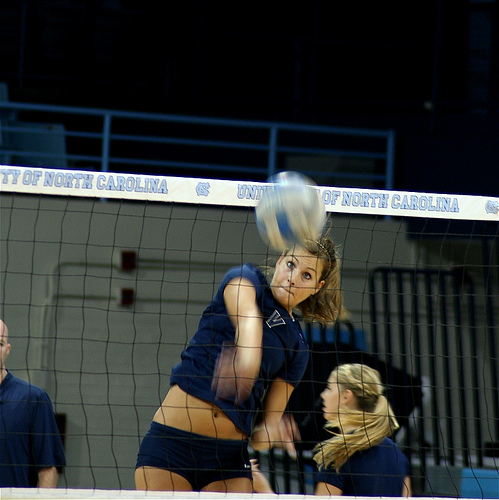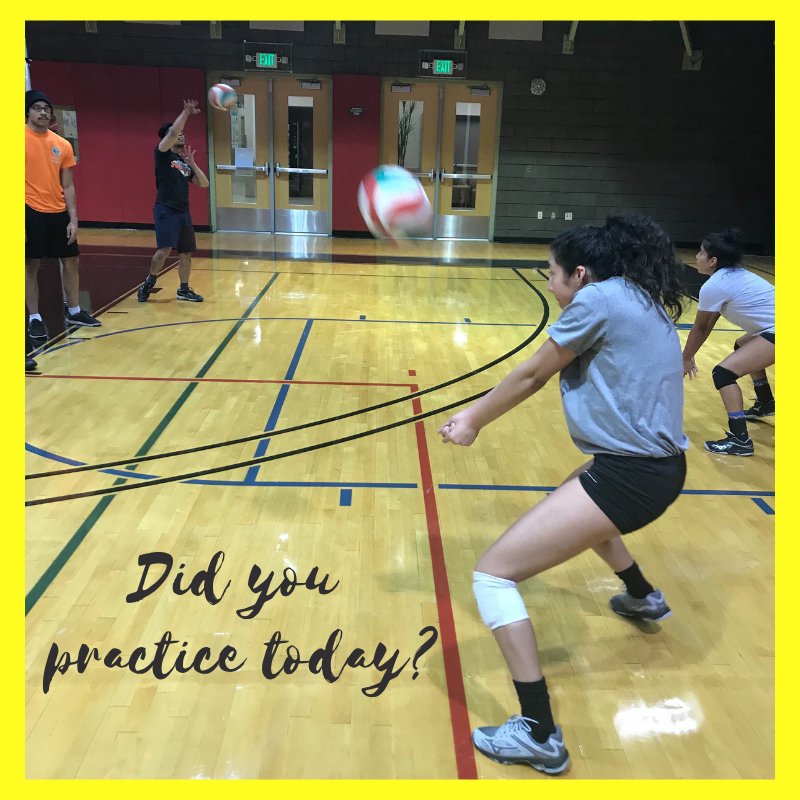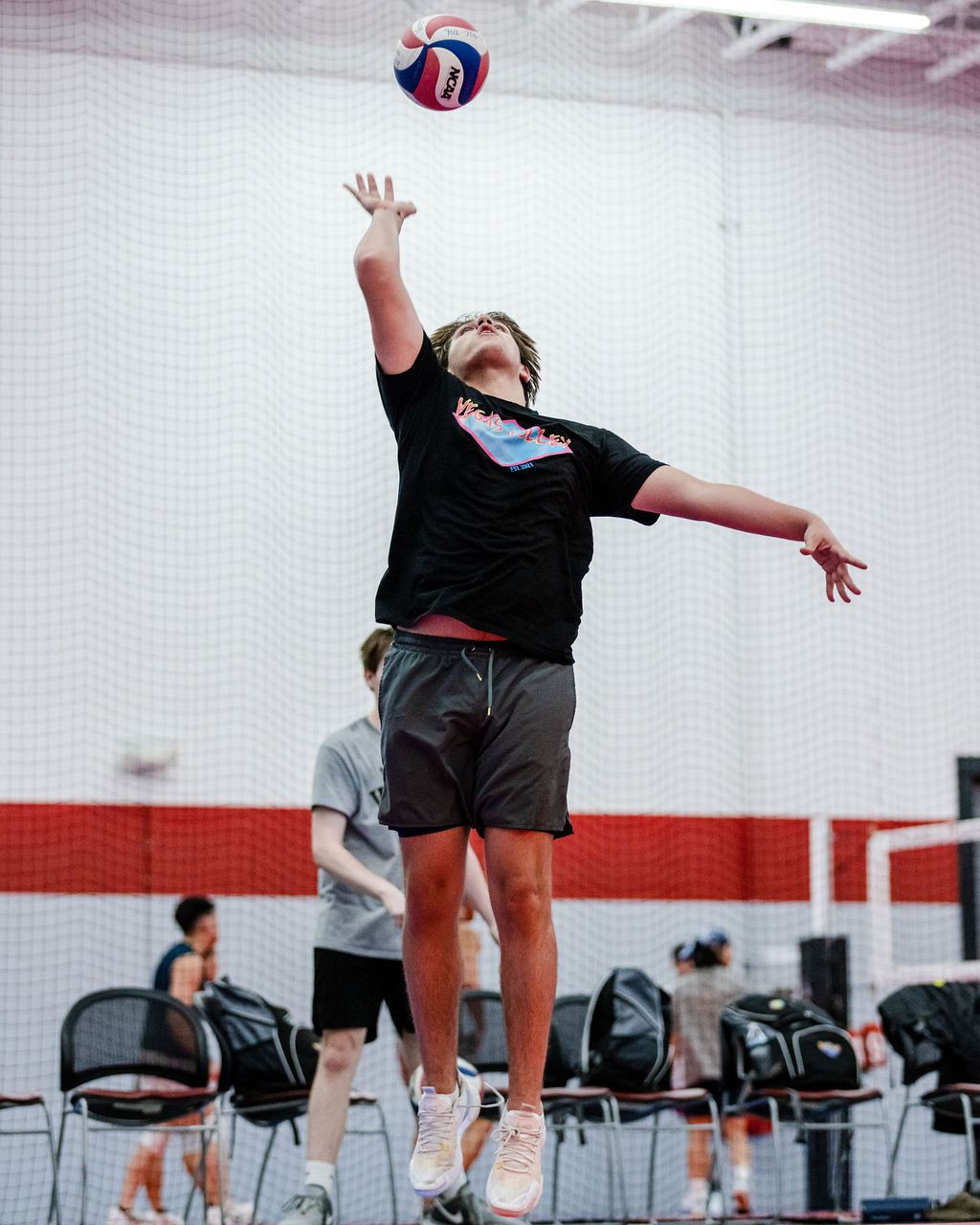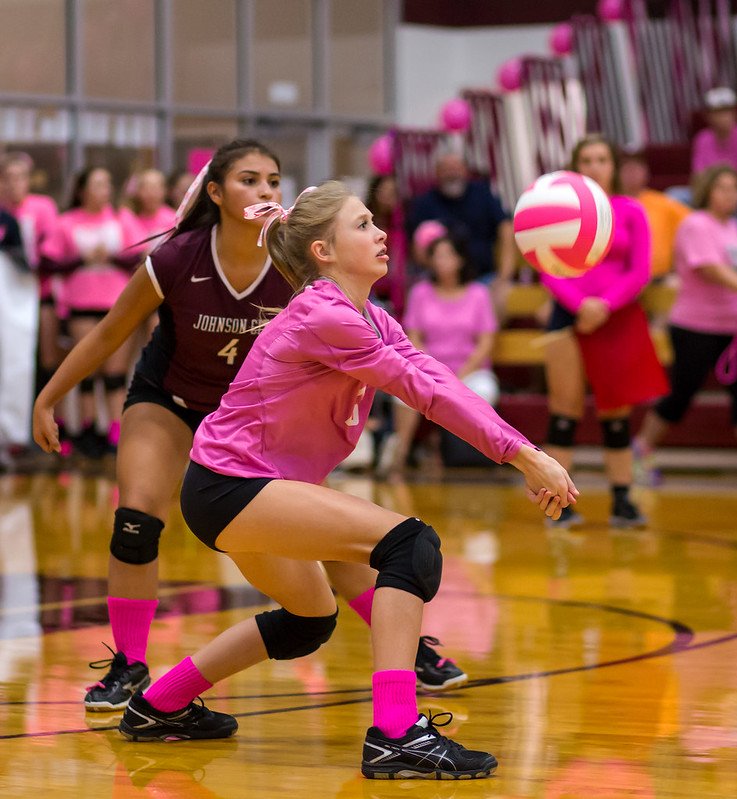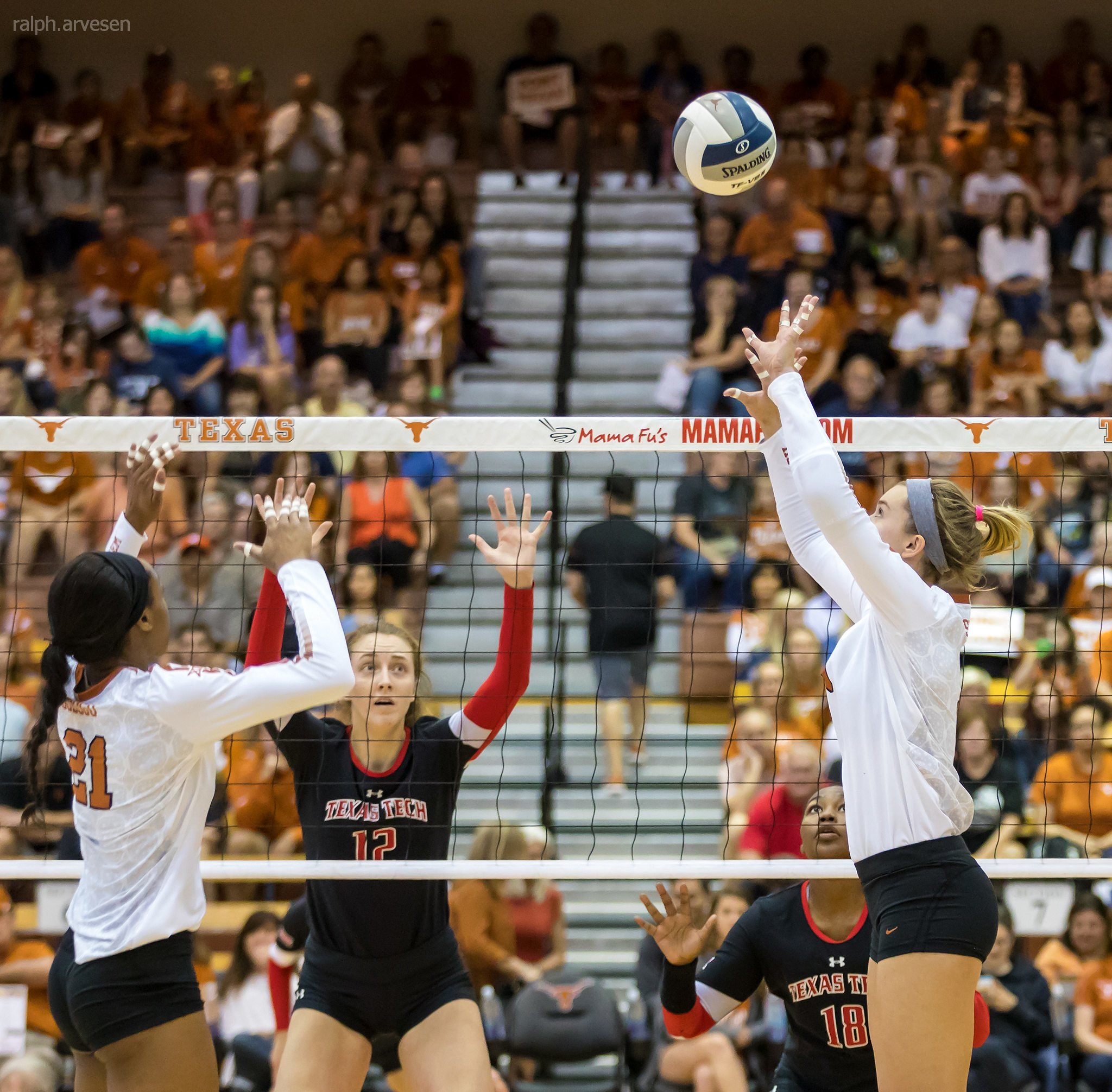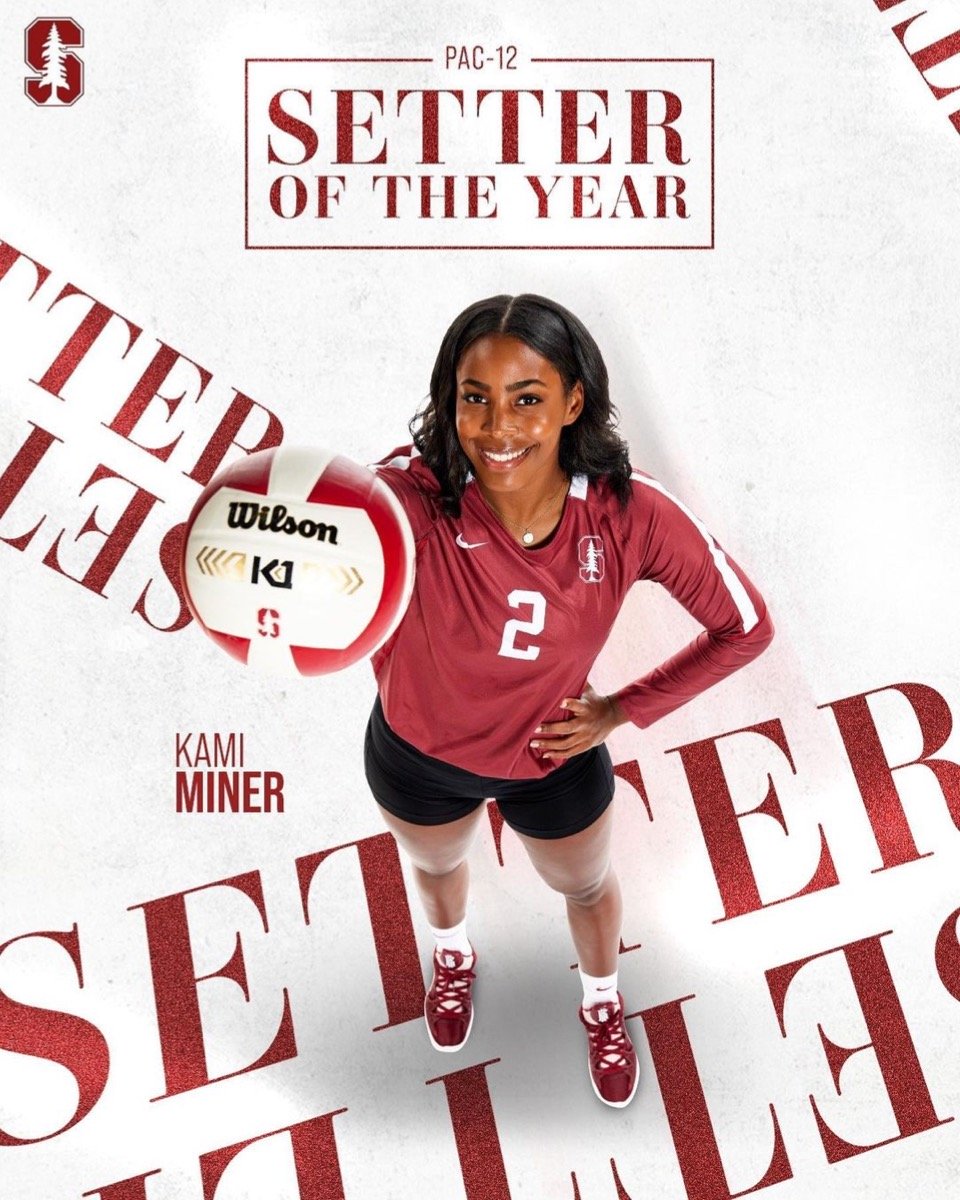- Improve Your Volleyball with Coach April
- Volleyball Drills for Digging
- 7 Dig Drills Volleyball Players Do For Balls That They Take A Step For
 Dear Volleyball Mom,
Do You Know What Sets My Private Volleyball Training Apart From Anyone In Vegas?
I invite You to read what my private volleyball training mission says before considering hiring me as a private volleyball coach because I'm not available for everyone.
Dear Volleyball Mom,
Do You Know What Sets My Private Volleyball Training Apart From Anyone In Vegas?
I invite You to read what my private volleyball training mission says before considering hiring me as a private volleyball coach because I'm not available for everyone.7 Dig Drills Volleyball Players Do For Balls That They Take A Step For
Seven dig drills volleyball players do with me to quicken their hand-to-ball reaction, read the hitter, trust what they see and chase balls down on the court.
What dig drills volleyball players do and why?
In a perfect world balls would be hit right at you and you make the perfect dig right to your setter so they can make or run an offensive play.
But more times than not that doesn't happen.
You have to take one, two or three steps to move out of your comfortable adjusted defensive position to lean, step laterally to the ball, sprawl to the floor or dive for a ball in order to get it up and make it a playable out of system (or in system) ball that someone hopefully your setter, can do something with, in an attempt to score a point.
- reading a ball that's about to land to the right or left of the digger
- how to stay low while taking a lateral step to the side the ball is going to fall on
- quickly form your platform that's correctly angled so the ball goes 10 feet up in the air and lands on and just inside the ten foot line
We work on this technique with myself and/or my assistant coaches and even the player pepper partners purposefully hitting a controlled down ball to the right or left of the digger who then performs the dig step technique we work on to get to a ball to dig it up.
Barrel Roll Volleyball Defense Drills:
Full Body Extension You Have To Go To The Floor For
We first started doing my barrel roll dig drill at Stupak where they have these awesome rainbow colored mats for players to learn how to land on before they have to do the same drill on the floor.
Here's what we work on and what I remind players...the emergency landing movement drills are not what gets the ball up.
These are ways to get closer to the ball and land to the floor (like gymnasts do ..when they practice how to land on the floor after a tumble or a lift) without crashing and hurting body parts.
In the above video you see Cass Nyi with a group of players doing the one step extend warmup floor work we always do at the beginning of practice so that hitting the floor is no big deal in subsequent practice drills.
In the below video you can see Cass (a former gymnast by the way, use the step and extend move to dig balls that are hit to her side and then comfortably land to the floor) on either side of her body.
Like gymnasts and even ice skaters who jump in the air, volleyball players who plan to run down balls need to practice their landing to the floor because when they dive they're lifting their bodies off the floor and into the air depending on the type of defensive landing technique they choose to use.
That's what I do with these specific floor work based volleyball movement warmups.
I'm comfortable teaching these movements because I did this floor work for years.
This is how I stayed on the court by working as hard as possible to be the best passer and digger on my team.
And that meant... I had to learn as a tall player to be able to hit the floor and get as many balls up ..regardless as to where those balls were landing on the court ...close to me or far from me.
That's why I'm passionate about passing on this mindset information to my players.
How Often and For How Long Should You Do Drills At Home?
Before diving into the specific drills, it's critical to establish the fundamentals.
Ensure you have a good understanding of what a dig is in volleyball and why it's such a foundational skill for aspiring and progressing volleyball players.
Remember, drills are just part of the picture - you need a court, a ball, and a positive attitude.
Let's start!
Dig Drills Volleyball Players Who Train At Home Can Do
1. Reach and Dig Drill:
This drill is great for working on the player's extension and reach while digging. Set up a line of cones on both sides of the court. The player will shuffle sideways to touch the cone, then shuffle back to the middle to dig the incoming ball. Repeat this for 20-30 minutes daily, to increase agility and quick reactions.
2. Wall Dig Drill:
A fantastic drill to practice on your own at-home.
Stand about two feet from a wall and toss the ball to hit the wall and bounce back towards you.
Your goal is to dig the ball back up to the wall. Not only does this drill improve your digging, but it also enhances your ball control skills. We recommend doing this drill for 15 minutes every day.
3. Pepper Drill Exercise:
Pepper is a common volleyball drill used for warming up and improving ball control. It involves two players standing 20 feet apart - one partner starts by setting the ball, and the other partner receives, then the first partner controls a hit to the second partner who returns the ball with a controlled dig. Continue passing, setting and hitting the ball back and forth.
4. Dive and Roll Drill:
Dives are essential in volleyball for reaching fast and low balls. This drill helps increase flexibility and quick decision-making skills. Players start at one end of the court, a coach slams the ball from the other end, and the players have to dive to dig the ball and make a pass, then roll and get up quickly.
I recommend running this drill for 30 minutes, three times per week.
How Do You Schedule Your
At-Home Drill Frequency and Duration
To get the most out of these digging drills, it's crucial to establish a regular practice routine.
Here's my suggested schedule for young players looking to regularly do at-home drills:
Start with a 15-minute session, gradually increasing to 30 minutes as you get comfortable with the movements. We recommend doing this drill four to five times a week.
- Cross Court Digging Partner Drill:
Aim for three 10-minute sessions with a 5-minute break between each session to allow for rest. Perform this drill three times a week.
- Controlled Hit and Catch Your Dig Drill:
Ideal to do for about 15 minutes every day. Consistency is key here, as the drill focuses on ingraining controlled hitting and catching into muscle memory.
- Barrel Roll Volleyball Defense Drills:
These intensive drills can initially be done in 10-minute intervals, three times a week. As endurance builds, increase the practice time to 20 minutes per session.
Remember, every player is unique, so adjust the frequency and duration based on individual comfort and growth rates. These are guidelines, not rigid parameters. The most crucial element is regular, consistent practice.
Please do consult a physiotherapist or a fitness trainer to ensure these workout durations are suitable for your specific age and fitness level.
I care about your safety and growth in skill!
And finally, always allocate time before and after your practice for a proper warm-up and cool-down to prevent any muscle strains or injuries.
This is just as important as the drills themselves.
Practice hard but practice safe!
Tips for Effective Drilling
-Start Slowly:
Don't try to perform the drills at high speed from the get-go. Start slowly, focus on your actions, and gradually increase your speed as you feel more comfortable with the movements.
- Consistency is Key:
It's better to practice a little bit every day rather than cramming everything into one long session per week.
- Listen to Your Body:
Avoid over-drilling, which can lead to burnout or injury. Listen to your body and take a rest day when needed.
Conclusion
In volleyball, a well-placed dig can be a game-changing play. With consistent practice of these drills, you'll be making those plays more often.
Remember, the goal is progress, not perfection. Always prioritize technique and accuracy over speed and power.
Remember, practice doesn't make perfect. Perfect practice makes perfect.
Do You Follow Me on Pinterest?
 Private or semiprivate volleyball indoor/sand lessons are an excellent way for young Las Vegas high school volleyball players to quickly improve their individual skills through a private or semi-private coaching experience.
These lessons are conducted by former pro volleyball player, former USA Volleyball High Performance instructor and Evaluator and Tstreet Vegas 18s head Coach April Chapple on a weekly basis.
Sign up now!
Private or semiprivate volleyball indoor/sand lessons are an excellent way for young Las Vegas high school volleyball players to quickly improve their individual skills through a private or semi-private coaching experience.
These lessons are conducted by former pro volleyball player, former USA Volleyball High Performance instructor and Evaluator and Tstreet Vegas 18s head Coach April Chapple on a weekly basis.
Sign up now!Follow me on Pinterest Volleybragswag to improve your game even faster!
I share alot of individual, partner and easy-to-do volleyball serving drills we do in class with my followers.
Many of these volleyball practice drills you can do at home by yourself or try at your next practice with your teammates.
If you're a B team or JV player trying to make varsity next year...your goal should be to complete 1000 reps a day of at least three of the basic skills on your own...volleyball passing, serving and setting should be at the top of the list.
From Lady Vol to Legend: Coach April Produces Powerful Passionate Players...is that you?
What Are You Looking For?

Hi there!
Thanks for stopping by. Hope you learned something today that will help you reach your volleyball goals.
Be sure to subscribe to my email newsletter so you can learn more each week!
Stay strong! Stay motivated!
-Coach April

SUSCRIBE
to my email newsletter below!
Vegas Volleyball's Unsung Heroes: Celebrating Moms with Peace Love Volleyball Shirts
Ready to energize your volleyball mom journey?
Subscribe to my 'Producing Powerful Passionate Peaceful Players' email list above on ImproveYourVolley.com.
You'll receive energy-boosting tips, exclusive insights from me, Coach April Chapple on maintaining momentum in volleyball.
Let's power up the Vegas volleyball scene together!
Recent Articles
-
Frequently Asked Libero Volleyball Position Questions Answered
Apr 14, 25 08:10 PM
I answer the most frequently asked libero volleyball position questions many players and coaches ask that will help you learn about the player responsibilities. -
Coach April's Peace Love Volleyball Phrases For T-Shirts Honor Moms
Apr 13, 25 03:49 PM
Whether on the court or in everyday life, April Chapple's volleyball phrases for t-shirts are serving inspiration for players and moms, one message at a time. -
What Is A Setter In Volleyball? My Setting Guide With Answers To FAQs
Apr 13, 25 12:36 AM
Learn what a volleyball setter is from a champion coach. Get expert insights, training tips, and proven strategies for volleyball's most strategic position.
